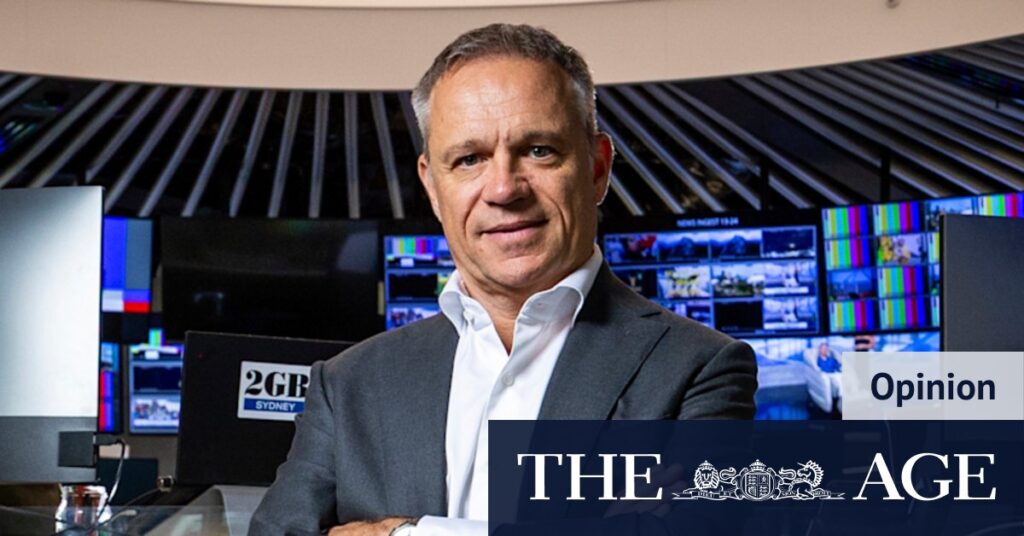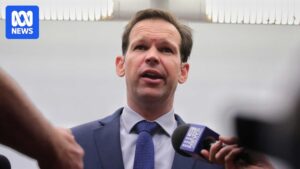
Nine Entertainment chief executive Matt Stanton marks one year into navigating one of the most challenging roles in corporate Australia. With tech giants like Google and Meta encroaching on advertising revenue and content, Stanton now faces a new threat: artificial intelligence companies such as OpenAI and Anthropic, which are leveraging his company’s content to train their AI models.
This dual-front challenge from well-funded U.S. tech companies has Stanton and his peers looking to the Australian federal government for intervention. Stanton spent a day in Canberra on Thursday, engaging in discussions and lobbying for a solution to these pressing issues.
Media Industry’s Call for Government Intervention
The traditional media landscape is urging a robust response from the federal government, which has previously supported publishers in securing compensation from Google and Meta through the mandatory news media bargaining code. However, Meta’s withdrawal from negotiations has stalled progress, leaving the Albanese government as the potential catalyst for resolution.
Stanton remains optimistic, stating, “the government has our back”. He has allied with other Australian publishers, including rival News Corp, to ensure that governmental promises translate into decisive action.
AI’s Growing Impact on Content and Revenue
The coalition of media companies is raising alarms about the threats posed by AI entities like Sam Altman’s OpenAI. These companies are utilizing local content without compensation to enhance their language models. Stanton highlights that Nine’s Australian Financial Review is “scraped by AI 10 times every second”, likening the challenge to a game of Whac-A-Mole.
“I think deals will happen on the AI – they do need our content for their models,”
Stanton remarked, expressing cautious optimism about potential negotiations with AI firms.
International Trade and Political Dynamics
Adding to these challenges are the complexities of international trade, particularly under U.S. President Donald Trump’s protectionist policies. Trump’s history of pressuring governments not to constrain U.S. tech giants could complicate discussions at the upcoming meeting between PM Anthony Albanese and Trump.
While Australian publishers hope Trump will recognize their industry’s existential crisis, the unpredictable nature of U.S. politics leaves the outcome uncertain.
Nine’s Strategic Shifts and Market Position
Amid these external pressures, Stanton is also focused on internal operations, aiming to revitalize Nine’s culture and navigate a sluggish advertising market. He has implemented significant changes to unify the company’s diverse operations, leveraging data across publishing, radio, streaming, and broadcasting.
An example of this strategy is Nine’s use of subscriber data from The Age and The Sydney Morning Herald to drive viewership for the Australian Open on 9Now, demonstrating the competitive advantage of an integrated media approach.
Strategic Sales and Acquisitions
In a surprising move, Nine sold its 60% stake in digital real estate portal Domain for $3.2 billion, despite its growth potential. Stanton justified the sale by emphasizing shareholder returns, stating, “It’s all about shareholder return … because the price was too good to say no to.”
The sale has provided Nine with capital to explore new opportunities, including potential acquisitions and investments in sports broadcast rights. Speculation abounds about Nine’s interest in outdoor advertising group oOh!media, although Stanton remains noncommittal.
As Nine continues to adapt to a rapidly evolving media landscape, the company is poised to leverage its strategic initiatives and government advocacy to navigate the challenges posed by both traditional and emerging digital competitors.






